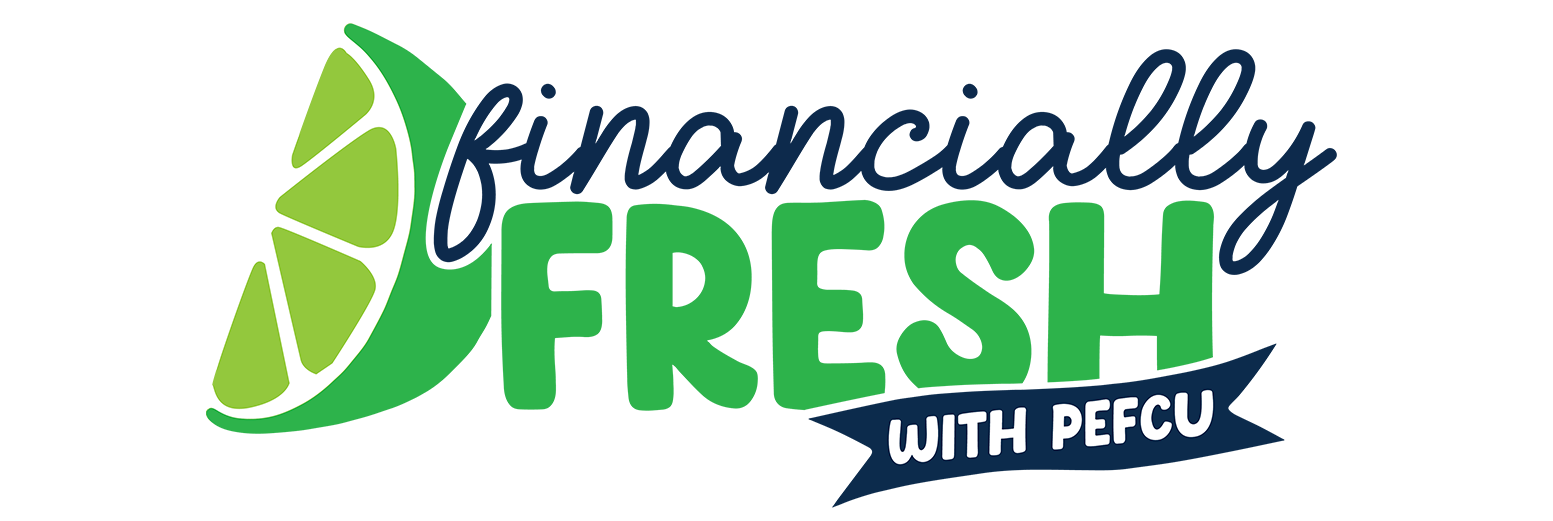August 1, 2023How to Buy a Home When Rates Keep Rising
Whenever you watch the news or read the latest headlines, someone claims that homeownership is no longer attainable due to rising interest rates. But is it true? Or is it just another thing to hype in the day’s news cycle?
While interest rates are rising because of inflation, homeownership is still achievable today. Not only that, but interest rates remain historically low and affordable. The distaste for the real estate market today stems from a decade of extremely low rates – set off by the housing crisis that began in 2007. To understand what is happening in the current market, it helps to take a step back in time.
A Historical Glimpse at Mortgage Rates
By today’s standards, the thought of paying 6% for a mortgage sounds astronomical. However, prior to the pandemic and housing crisis, 6% was not only normal but it was considered extremely low by most.
The following chart shows the average 30-year fixed mortgage rate by decade and highlights the peak interest rate during that timeframe.
| Average Rate | Peak Rate | ||
| 1970s | 8.90% | 12.90% | 11/30/1979 |
| 1980s | 12.71% | 18.63% | 10/9/1981 |
| 1990s | 8.12% | 10.67% | 5/4/1990 |
| 2000s | 6.29% | 7.24% | 6/1/2001 |
| 2010s | 4.09% | 5.21% | 4/8/2010 |
| 2020-21^ | 3.04% | 3.72% | 1/2/2020 |
| 2022-23* | 5.67% | 7.08% | 11/17/2022 |
^Record-low mortgage rates during the COVID-19 pandemic.
*Interest rates from January 1, 2022 – June 8, 2023, as inflation rates increase.
Source: Freddie Mac1
The 1970s and early 1980s marked the highest period of inflation in the United States since post-war World War II. On October 9, 1981, 30-year mortgage rates peaked at 18.63%! Throughout the following two decades, interest rates continued to decline with an average rate of 6.29% in the 2000s.
When the housing crisis and Great Recession of 2008 hit, interest rates began their accelerated downward trend. They would eventually reach historic lows during the pandemic, which led to a mortgage refinance and home-buying boom. It’s these record-low rates that today’s potential homebuyers are using as a benchmark for what is “normal.” However, those interest rates were anything but normal.
As inflation continues to burden households, interest rates keep rising. So, while a 5% or 6% interest rate sounds unaffordable, historically, they’re still low. And unfortunately for homebuyers fixated on 3% rates, they may never come again.
The Impact of Rising Interest Rates
To illustrate the effect of rising mortgage rates, review the following example.
Assume you plan to purchase a $300,000 house with a 30-year fixed-rate mortgage. This example shows the difference in the principal and interest portion of your monthly mortgage payment.
| Interest Rate | Principal & Interest Monthly Payment |
| 3.04% (2020-21 Average Rate) | $1,271.29 |
| 5.67% (2022-23 Average Rate) | $1,735.50 |
For the same $300,000 home, you will pay an extra $464.21 per month with today’s higher interest rates. Yes, this is more expensive; however, wages will traditionally catch up with inflation over time.
Alternatively, if you prefer to keep your payment at the same level as the 3.04% figure ($1,271.29), you will have to purchase a home that is $220,000 (monthly payment at 5.67% is $1,272.70) or make a larger down payment.
Again, it can be disheartening to compare mortgage rates to the pandemic’s record lows. Instead, compare today’s rates with the average 30-year mortgage rate over the past 50+ years (7.74%). For a $300,000 home, your monthly principal and interest payment would be $2,147.16 – or $411.66 more than today’s figure.
How to Combat Rising Mortgage Rates
As interest rates inch higher toward the historical average, it can appear your opportunity to become a homeowner is fading away. Luckily, there are several strategies you can use to offset higher mortgage rates – and potentially save money over the long term.
- Purchase a Smaller Home
Between higher rates and inflationary prices, a wise financial move is to purchase a more affordable house. Use this home to build equity over the coming years. Then, when you decide it’s time to upgrade, you’ll have a larger sum to use as a down payment on your next property.
- Make a Larger Down Payment
To offset higher prices and rates, consider making a larger down payment. Every additional dollar you put down helps lower your monthly payments and reduces the amount of interest you owe on your mortgage.
- Plan to Refinance Later
If you purchase a home today, you can always refinance it in the future should rates decline. With this strategy, you can start building equity in your property now and take advantage of lower rates down the road. If rates continue to rise, then you were smart to lock in today’s lower mortgage rates.
We’re Here to Help!
Deciding to purchase a home is a significant financial investment. Whether interest rates are at record lows or inching upward, it’s wise to review all your options with a trusted advisor.
Our mortgage loan experts are here to answer all your questions and work with you one-on-one to find the right solution for you. If you’re interested in purchasing a home or refinancing your mortgage, we’re ready to help. Please stop by any of our convenient branch locations or call 800-226-6673 x6515 to schedule an appointment today.
External Links:
1 https://www.freddiemac.com/pmms/pmms_archives
Each individual’s financial situation is unique and readers are encouraged to contact PEFCU when seeking financial advice on the products and services discussed. This article is for educational purposes only; the authors assume no legal responsibility for the completeness or accuracy of the contents.
Equal Housing Lender. NMLS# 403109


